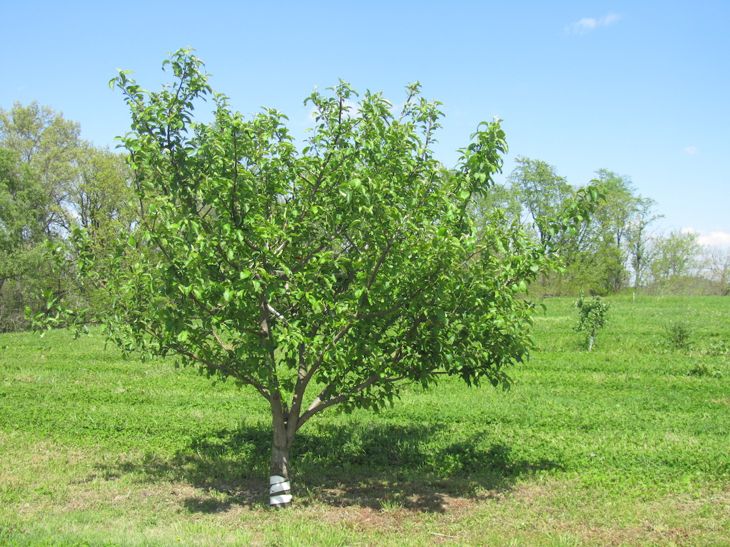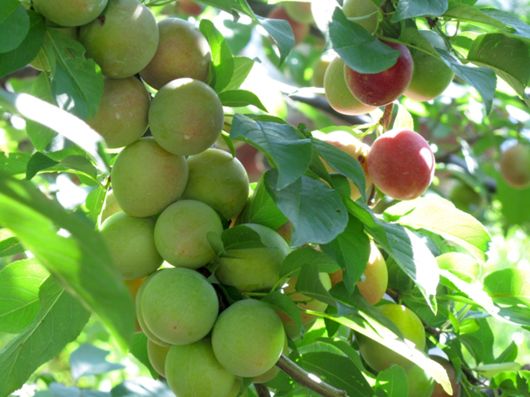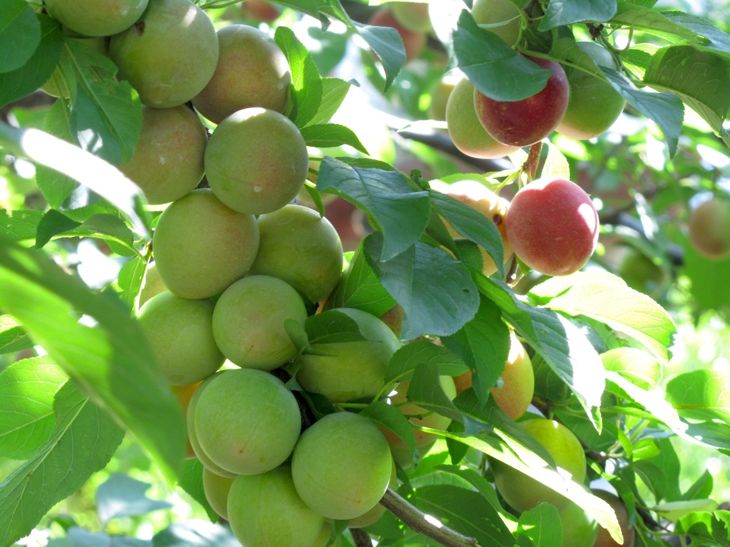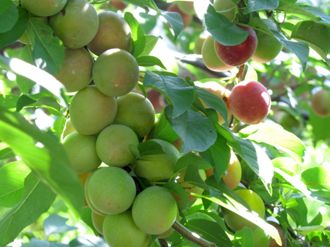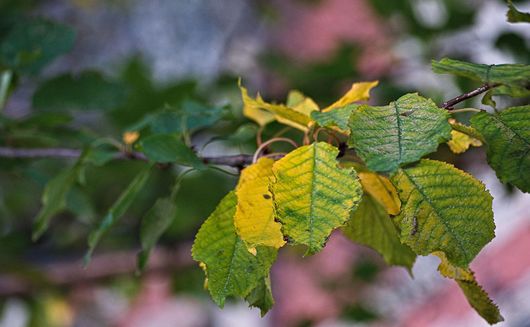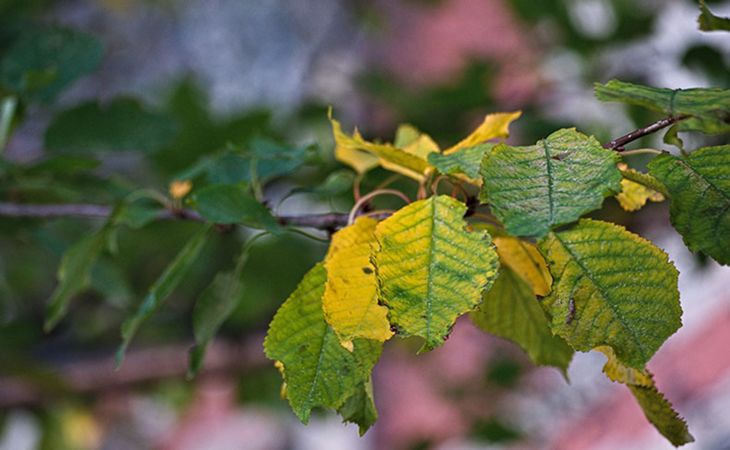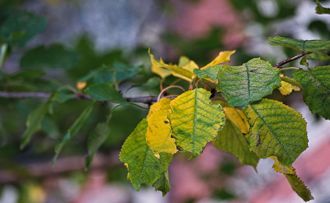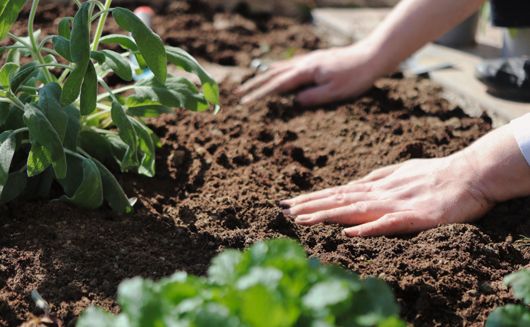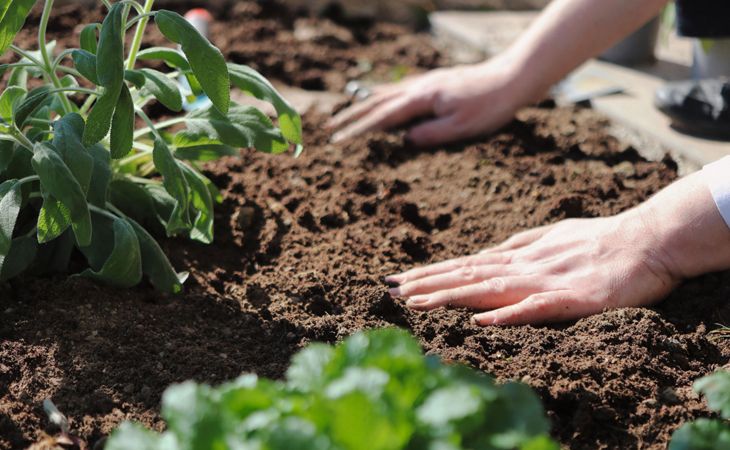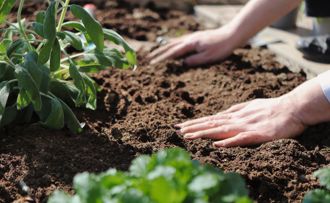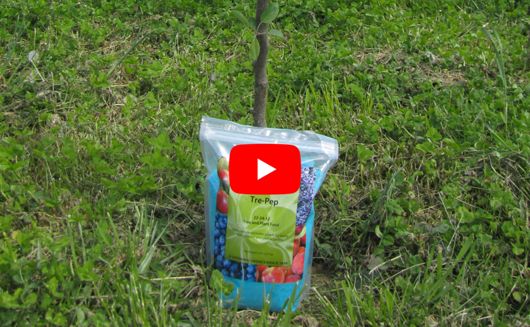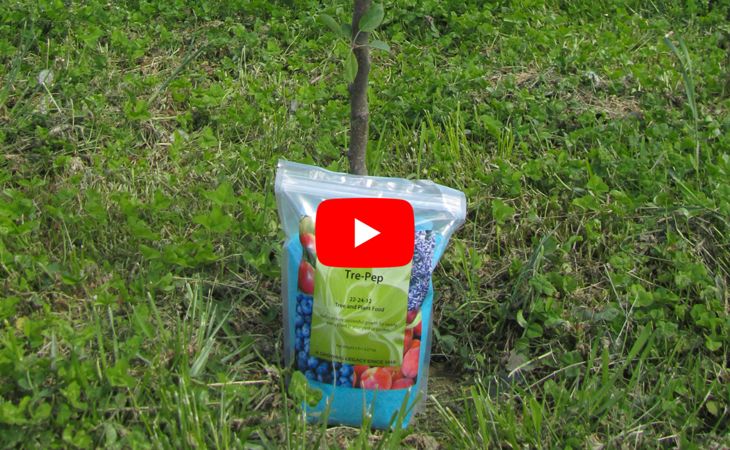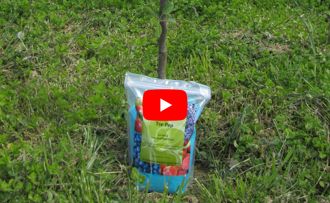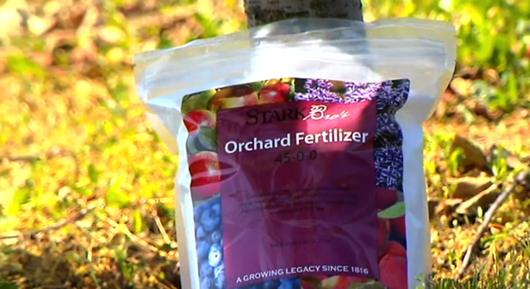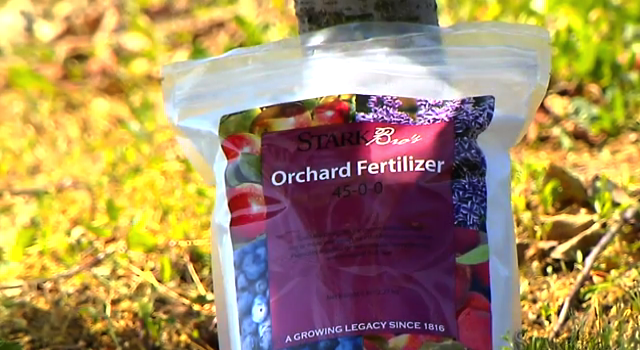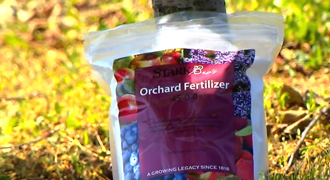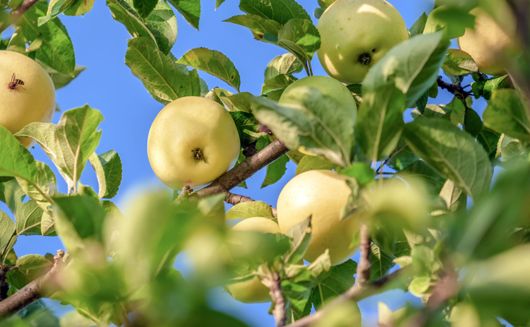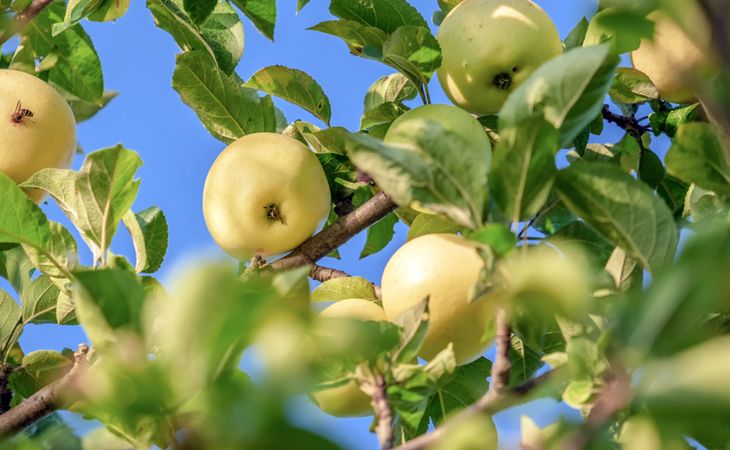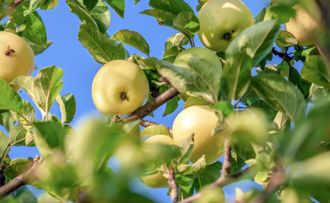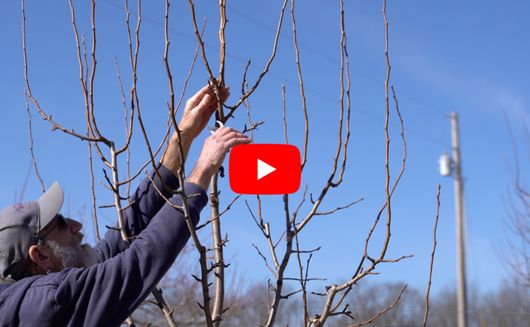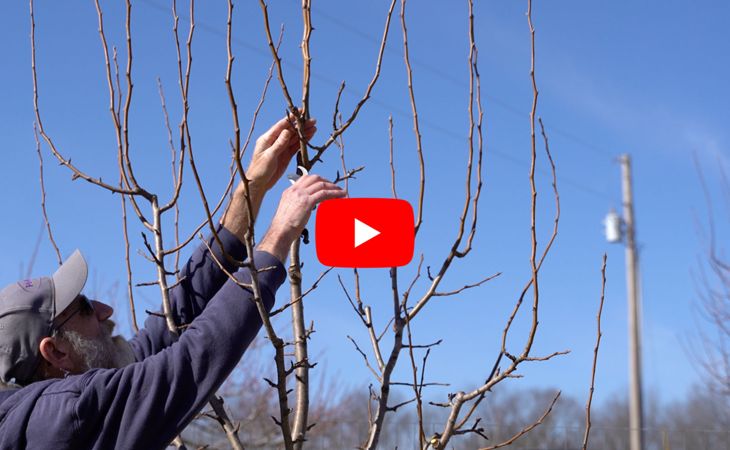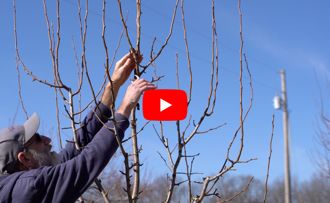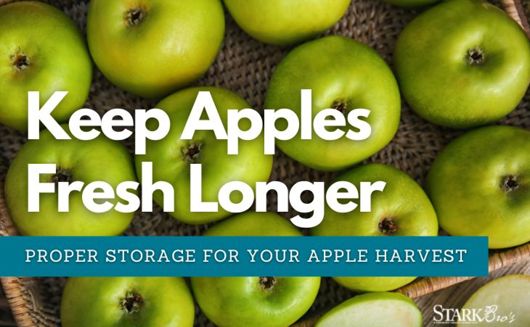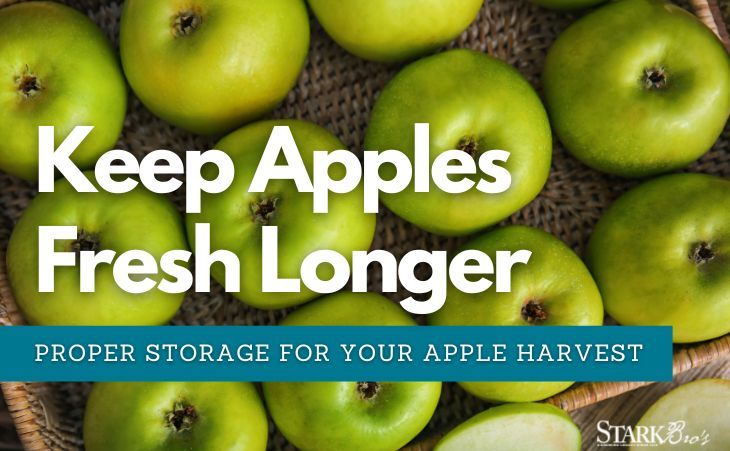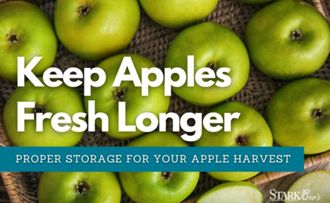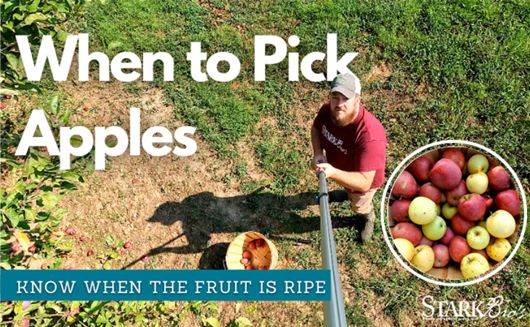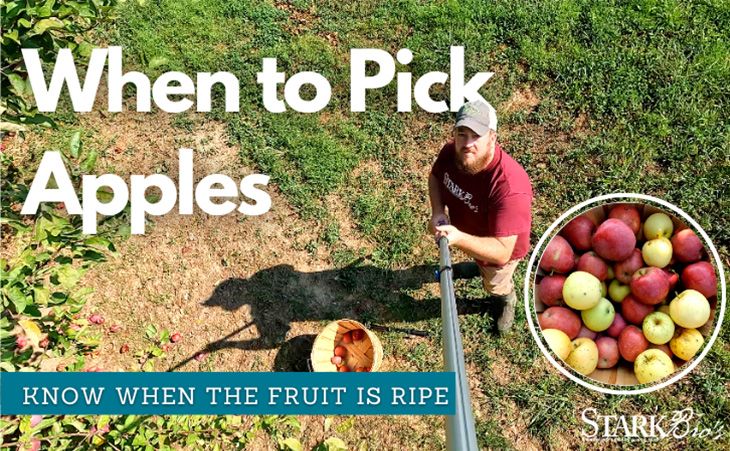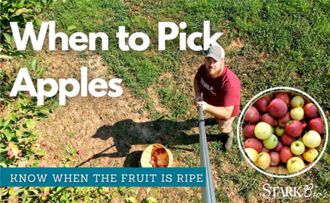Fruit Tree Care: Watering & Fertilizing
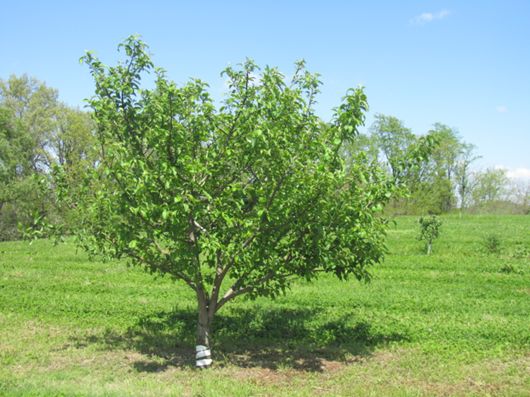
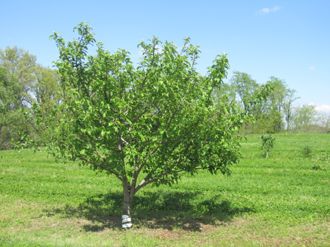
Watering and fertilizing fruit trees at the best time and in appropriate amount helps them achieve their purpose – bearing delicious fruit.
Life can often be paralleled to shooting an arrow into the air: it rises, climbs, peaks, and descends. Since trees are a part of life, they are part of that pattern. As everything in life grows older, deficiencies for various reasons begin to develop. I'm a firm believer that supplements can not only help and enhance the performance of people, but plants as well.
The Nature of Fruit-Bearing Trees
When a tree is old enough to bear fruit, it enters a different phase of its life – much like a new mother. No longer is it in self-serving mode; it’s taken on a new purpose. Did you know that it requires 10-40 leaves (on average) to adequately sustain one fruit? That takes quite some effort for the tree! Some trees are biennial-bearers because of this, which means they overbear one year and tend to rest the next year.
Fruit trees, like Golden Delicious apple trees, are prone to biennial bearing because they tend to be prolific bearers. You can thin the fruit crop each year to help avoid biennial bearing.
Watering Fruit Trees with Purpose
Through these changing years, it's important to take care of the tree itself through adequate watering and replenishment of nutrients. Newly planted trees require a gallon of water every 7 days or so during a normal growing season. This water amount will naturally increase as the tree puts on new leaves into the summer. If you are experiencing rainfall in that time, you should not need to provide additional water, but use your best judgment since water availability and soil drainage may vary greatly from one location to the next.
As a tree grows older, its roots become established, and the need for watering moves away from "survival and growth" to "fruit size and quality". Timely waterings, especially during droughts, will make a big difference.
Water-related stress occurs at both ends of the spectrum. Overwatering can cause yellowed leaves and defoliation. Underwatering can cause curled leaves and defoliation. Try to keep things at a happy medium: your trees will tell you what they need if they are unhappy!
Fertilizing Fruit Trees with Purpose
Growing to maturity, a tree sends out feeder roots that match the circumference of the treetop. Often the premature decline of a fruit tree occurs because it has exhausted all the nutrients in its growing area – not to mention the depletion of its nutrient reserves, which get used up by sustaining crops of fruit. For this reason, and if your trees show signs of premature decline, I strongly recommend testing your soil.
Often the solution is as simple as replenishing soil nutrients.

For trees that are fruit-bearing aged and have been planted for more than 2 years, I recommend using Stark® Orchard Fertilizer – a pellet-form fertilizer that is high in nitrogen; an element that encourages vegetative growth. Fruit trees tend to be great consumers of nitrogen, especially in their fruit-bearing/sustaining years.
When a tree becomes calcium-deficient, problems like "bitter pit" emerge. You may notice the tree bears small, sub-standard fruit as well. Nutri-Cal® is a good liquid calcium supplement – used as a foliar application – to improve the health of your tree and its fruit. It's not uncommon for the Honeycrisp apple to have calcium deficiency issues, so, if you're growing Honeycrisp apple trees, be sure to have a calcium supplement on hand!
Find tips on how to fertilize your fruit trees.
Dear Gardening Friend,
Watering and fertilizing the right way can help fruit trees achieve their purpose: bearing delicious fruit. As caretakers of this aspect of life, we should embrace our role in how effective that purpose will be.
— Elmer Kidd, Stark Bro's Chief Production OfficerOfficer (retired)
No matter what kind of tree or plant you’re growing or where you’re growing it, we have soil additives that will help to ensure your success.
 Coco-Fiber Planting Medium
$9.99
Coco-Fiber Planting Medium
$9.99
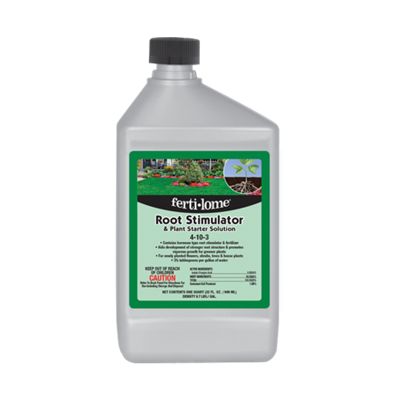 Ferti-lome® Root Stimulator & Plant Starter Solution
Starting at $7.99
Ferti-lome® Root Stimulator & Plant Starter Solution
Starting at $7.99
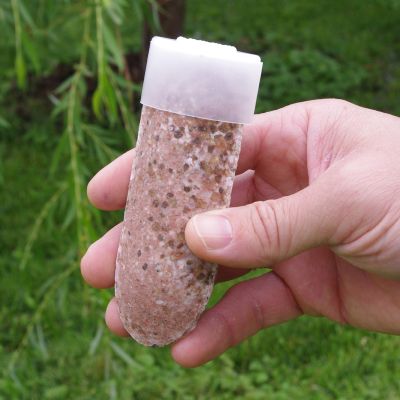 Fruit Tree & Ornamental Gro-Stakes®
$13.99 / 5 Pack
Fruit Tree & Ornamental Gro-Stakes®
$13.99 / 5 Pack
 Hi-Yield® Triple Super Phosphate
$12.99
Hi-Yield® Triple Super Phosphate
$12.99
 Hi-Yield® Zinc Sulfate
$24.99
Hi-Yield® Zinc Sulfate
$24.99
 Jack's Classic Citrus Feed
$14.99
Jack's Classic Citrus Feed
$14.99
 Jobe's® Organic All-Purpose Fertilizer
$14.99
Jobe's® Organic All-Purpose Fertilizer
$14.99
 Jobe's® Organic Blood Meal Plant Food
$14.99
Jobe's® Organic Blood Meal Plant Food
$14.99
- Article Categories:
- How To Grow
- Spring Gardening
- Summer Gardening

